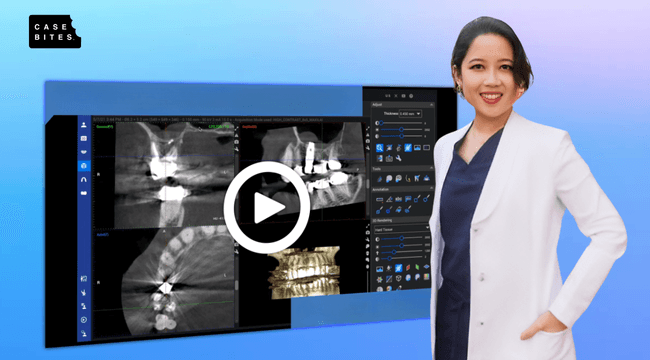- Home
- Digital Imaging
- Extraoral Imaging

Extraoral Imaging
Need help getting started?
Request My QuoteUnlock the Diagnostic Power of 2D and 3D Imaging
You can't treat what you can't see. Fortunately, 2D and 3D imaging technologies allow dentists to see more of the patient's anatomy, helping them diagnose and treat with greater diagnostic accuracy and predictability than ever before. Browse our extensive selection of digital dental solutions, from panoramic and cephalometric dental X-ray machines to cone beam computed tomography (CBCT) units — from brands such as Dentsply Sirona, Planmeca, DEXIS and more — to find the right 2D or 3D imaging option that best suits your practice's needs.
There are no Extraoral Imaging products available at this time.


